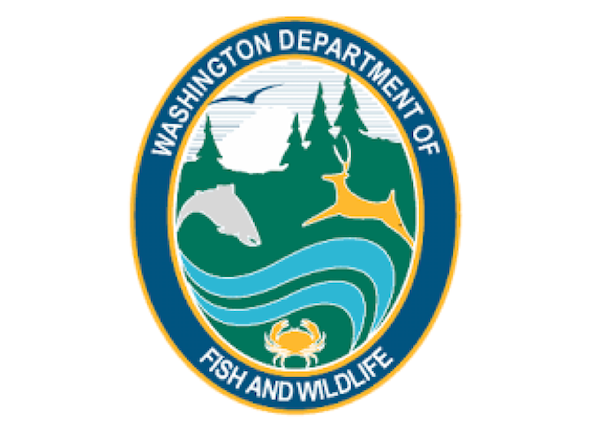Idaho Fish Report
WDFW asks public to responsibly handle fish in the heat, report fish or shellfish die-offs

by WA Department of Fish & Wildlife Staff
7-9-2021
Website
OLYMPIA – In the wake of a historic heat wave and with hot summer weather still in the forecast, the Washington Department of Fish and Wildlife (WDFW) is asking anglers to give fish a break by practicing responsible fish handling, and requesting that the public report any unusual fish or shellfish mortalities they observe.
A heat wave that delivered triple-digit temperatures to much of Washington in late June has left some rivers, lakes and streams with lower and hotter water than usual, and the increased temperature can have a detrimental impact on fish.
“It’s still early in the summer, but we’re already concerned about the negative impacts that our recent hot weather could have on the state’s waters and its vulnerable fish populations,” said Kirt Hughes, Fish Management Division manager with WDFW. “A few simple steps can go a long way to helping reduce stress on fish.”
With much of the state expecting continued warm, dry weather, WDFW asks anglers to help keep fish cool by following some recommended best practices. Fishing in the early morning, when air and water temperatures are cooler, can help reduce stress on fish. Avoiding disturbing fish during the hottest part of the day is also a best practice for other activities and work around water.
With much of the state expecting continued warm, dry weather, WDFW asks anglers to help keep fish cool by following some recommended best practices. Fishing in the early morning, when air and water temperatures are cooler, can help reduce stress on fish. Avoiding disturbing fish during the hottest part of the day is also a best practice for other activities and work around water.
If you fish the same areas every year, try to be aware of water levels and temperatures – if the water seems especially low, or hotter than usual, consider giving fish a break by fishing elsewhere or coming back another time. High lakes are also a great option this time of year thanks to the cooler temperatures at higher elevations.
If you're fishing in an area where you may have to catch and release, or if you choose to release a fish, it's critical to take steps to minimize the impact. Using appropriate gear and landing the fish quickly can help, as can making sure not to remove the fish from the water once it's reeled in. Quickly remove hooks, and consider using barbless hooks. You can also help the fish revive by pointing it into a slow current, and letting it swim out of your hands whenever possible.
WDFW has also developed a community science tool where the public can report potential fish or shellfish die-offs related to low water levels, high temperatures, or other environmental conditions.
Members of the public can access the tool at https://publicinput.com/X7060. Including information about the location, size, number and type of fish or shellfish found can help WDFW biologists better understand the impacts of this year’s warm weather on these populations.
“If you see what appears to be an unusual number of dead fish, or something like a single large sturgeon, we want to know about it, and the reporting tool is an easy way to share your information with us,” said Hughes. “It’s unfortunate when we have to investigate any potential die-off, but with the public’s help we can get a more comprehensive picture of certain environmental impacts on these populations.”
The Washington Department of Fish and Wildlife works to preserve, protect, and perpetuate fish, wildlife and ecosystems while providing sustainable fish, wildlife, and recreational and commercial opportunities.


